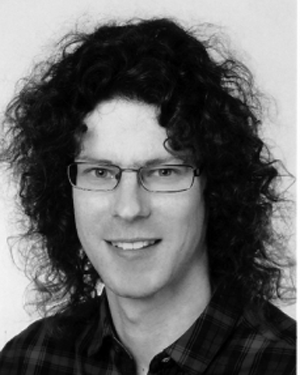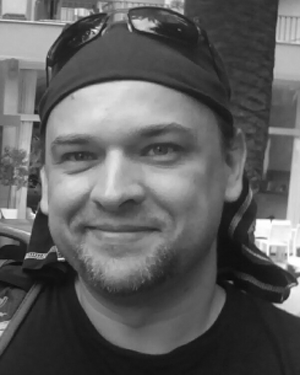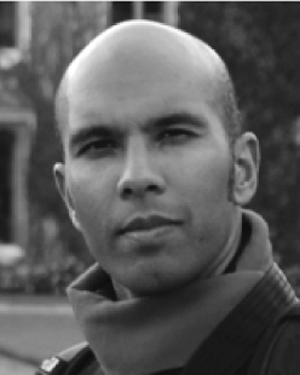1 Introduction
This paper poses the problem of how to incorporate a generative account of expressive behaviour into an affective architecture, focusing on facial expressions. Expressive behaviour using the body posture, gesture, glance, facial expression is an significant component of communicative content alongside the verbal channel, and is therefore required for social agents, whether robots or graphical characters. Facial expressions are considered particularly important for agents that have a face (some robots do not), since this is often the focus of glance by an interaction partner. With more than forty muscle groups [1], the face has a wide range of movements and thus substantial expressivity. It has been argued that more than half of expressive behaviour relates to facial expressions [2].








